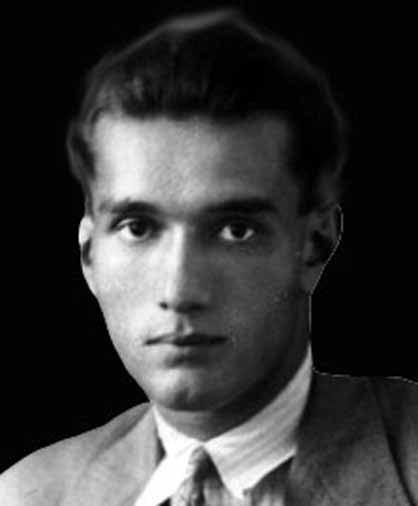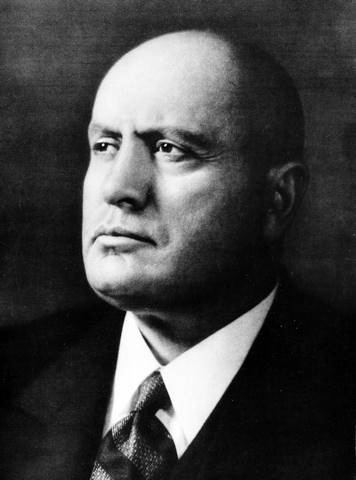Name Giuseppe Terragni Role Architect | ||
 | ||
Education Polytechnic University of Milan | ||
4 giuseppe terragni all the built architectures
Giuseppe Terragni ([dʒuˈzɛppe terˈraɲɲi]; 18 April 1904 – 19 July 1943) was an Italian architect who worked primarily under the fascist regime of Benito Mussolini and pioneered the Italian modern movement under the rubric of Rationalism. His most famous work is the Casa del Fascio built in Como, northern Italy, which was begun in 1932 and completed in 1936; it was built in accordance with the International Style of architecture and frescoed by abstract artist Mario Radice. In 1938, at the behest of Mussolini's fascist government, Terragni designed the Danteum, an unbuilt monument to the Italian poet Dante Alighieri structured around the formal divisions of his greatest work, the Divine Comedy.
Contents
- 4 giuseppe terragni all the built architectures
- 8 giuseppe terragni all the built architectures
- Biography
- References

8 giuseppe terragni all the built architectures
Biography

Giuseppe Terragni was born in Meda, Lombardy. He attended the Technical College in Como then studied architecture at the Politecnico di Milano university. In 1927 he and his brother Attilio opened an office in Como. They remained in practice until Giuseppe's death during the war.

A pioneer of the modern movement in Italy, Terragni produced some of its most significant buildings. A founding member of the fascist Gruppo 7 and a leading Italian Rationalist, Terragni fought to move architecture away from neo-classical and neo-baroque revivalism. In 1926 he and other progressive members of Gruppo 7 issued the manifesto that made them the leaders in the fight against revivalism.

In a career that lasted only 13 years, Terragni created a small but remarkable group of designs; most of them were built in Como, which was one of the centers of the Modern Movement in Italy. These works form the nucleus of the language of Italian rationalist or modernistic architecture. Terragni was also one of the leaders of the artistic group called "astrattisti comaschi" with Mario Radice and Manlio Rho, one of the most important events in Italian Modern Art. He also contributed to the 1932 Exhibition of the Fascist Revolution.
In his last designs, Terragni achieved a more distinctive Mediterranean character through the fusion of modern theory and tradition.
Terragni died of thrombosis in Como in 1943.
